Author Lucy St. Clair is a healthcare professional whose long-time dream of becoming a writer began with an early passion for reading. Her love of the science fiction, fantasy, and paranormal genres was sparked by the discovery of Peter S. Beagle’s The Last Unicorn. Lucy’s debut novel, Scattered Years: A Paranormal Adventure Across Time (2016), is the first in the Time Passages trilogy. You can find her on her website at LucyStClair.com.
 What is your elevator pitch for Scattered Years?
What is your elevator pitch for Scattered Years?
Scattered Years is a paranormal time-travel adventure based on Tibetan Buddhist practice. Alice is a latent psychic whose abilities she explains away to herself. She lives a normal life until tragedy strikes and she sinks into a deep depression. A chance encounter with Buddhism soothes her spirit, but also awakens her psychic abilities, culminating in a deep meditative state that takes her back twelve years. She re-emerges in an energy vortex near Sedona, Arizona with a chance to avert the death of a loved one.
What unique challenges did this work pose for you?
This is my first full-length novel, so it was also my training ground for learning the ins-and-outs of both writing and publishing. It was my first experience with a writers critique group, which was invaluable. Now it’s my impetus for learning about websites and book signings. When you are new to the craft of writing, every step of the process is a learning challenge.
How did the book come together?
The death of a child in my family really brought home to me how soul-searing and traumatic that experience can be. Anyone who has lost someone so young understands the desire to undo time and reclaim that young life at any cost. The story itself took about two years to write (I have a day job, too!). Editing took a lot longer, mainly because of a combination of work, health issues, and learning how to use editing programs. Unlike many younger authors, I am not computer literate.
Tell us about your main characters. Did they surprise you as you wrote their story?
The protagonist of the story is Alice. The growing awareness of her psychic abilities takes her by storm, and she often feels like she’s just keeping her head above water. Her inner strength and moral compass keep her going as she deals with the unbelievable. Naomi is very down-to-earth and no-nonsense. She takes Alice in and gently nudges her along on her quest. In this first novel, Naomi remains a mystery. Book 2 of the trilogy will reveal more about her and why she elects to support Alice. Martin is Alice’s love interest. While he plays a smaller role, he is important to this first book and the trilogy as a whole. He’s a solid stand-up guy, a former marine turned cop. He’s also very sexy, and he has his own dark past.
As for the second part of the question, I was often surprised by the characters and the unfolding of events. I know it sounds crazy, but they drove the story. Sometimes I felt like I was just the recorder of events.
Do you have a favorite quote from the book?
It’s hard to choose just one, but this is one of my favorites: “We all work within the confines of our nature until we evolve beyond them.” (You’ll find it on page 306.)
Any surprising discoveries while doing research for Scattered Years?
A few minor ones. I didn’t know there was actually a Tibetan Buddhist Monastery near Sedona, Arizona until I started researching the Sedona area. My critique group buddies (two of them are lawyers) helped me with legal details that I wasn’t familiar with.
What first inspired you to become a writer?
I can clearly remember sitting in front of the huge glass-front bookcase at my grandmother’s house when I was around 4 years old. I looked at all those books and realized that every story, every world, every exotic place and time, could be mine if only I knew how to read. It was the most exciting idea my 4-year-old brain could conceive of. As I became a more and more avid reader, I began to consider writing. It’s taken me many decades to realize that dream.
Who are your favorite authors, and what do you admire most about their writing?
I love Peter Beagle’s blend of fantastic and mundane, as well as his humor. Douglas Adams and Neil Gaiman always have me in stitches. Katherine Kurtz has great characters and a seamless consistency to her worlds. I also love Stephen Donaldson’s tortured anti-hero (Thomas Covenant) and his versatile multitude of styles. And of course, Stephen King is a master storyteller whose characters are unbelievably well developed.
Knowing what you know now, what would you do differently if you started your publishing career today?
I would have started sooner, for one thing! I would also have found a critique group, and figured out the whole networking thing, a lot earlier in my process.
Why do you write in the particular genre you’ve chosen?
I love paranormal/fantasy/science fiction for the freedom to construct any world you can envision and the discipline to remain consistent in how you maintain that world. It allows me to communicate the essence of my story in ways that can have a deeper impact due to the richness of their environs.
What’s your writing routine like?
Not nearly as disciplined as I’d like it to be. I recently made sweeping changes to how my “day job” and lifestyle are structured, and I’m still sorting out how that is going to work. I’d like to settle into a solid routine, because I feel it is such an invaluable tool for accomplishing anything. It’s a work in progress right now.
If you suffer from writer’s block, how do you break through?
Sometimes I have to just write any old thing that pops into my head. Sometimes I walk away from the computer and tend my little garden. Other times, clearing my head with meditation really shifts my perspective, and I suddenly stumble over a missing piece that moves the story along.
What are the hardest kinds of scenes for you to write?
Love scenes, without a doubt. I’ve read so many poorly written love scenes that are either so graphic that they sound clinical, or so laden with flowery euphemisms that they sound silly and sophomoric. In Scattered Years I tried hard to strike a balance and let the emotion of the encounter shine through the physical connection. Also, my writers’ group at the time was composed of me and three men, all young enough to be my sons. I cringed every time I handed them those scenes to critique. They, however, assured me they didn’t mind at all!
What advice do you have for writers still striving for publication?
The best thing I did for my book was to get a competent editor. Trust me, you won’t see your mistakes after you’ve read through it a dozen times. I know I sound like a broken record (does anyone even know what that means anymore?), but a critique group of honest, working writers is unbelievably precious. Writers associations like SouthWest Writers are a wealth of encouragement and information. It’s also very important to write every day: writer Vicky Petterssen nailed it when she told me, “Butt in the chair, rinse and repeat!”
Do you have other creative outlets besides writing?
I love growing things (I grew up on a farm) so my tiny garden gives me the joy of watching that happen. I love music and take voice lessons, which is a great expressive outlet, and I try to take every opportunity to put my camera to good use.
What are you working on now?
My second book in the Time Passages trilogy is in the rewrite and edit process, and the third is in the planning stages. I have a short story I’m shopping around, and I’m working with a virtual assistant to get my website up and running. I’m also hoping that Scattered Years will be available in electronic format soon.
 KL Wagoner (writing as Cate Macabe) is the author of This New Mountain: a memoir of AJ Jackson, private investigator, repossessor, and grandmother. She has a new speculative fiction blog at klwagoner.com and writes about memoir at ThisNewMountain.com.
KL Wagoner (writing as Cate Macabe) is the author of This New Mountain: a memoir of AJ Jackson, private investigator, repossessor, and grandmother. She has a new speculative fiction blog at klwagoner.com and writes about memoir at ThisNewMountain.com.

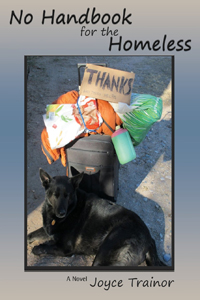
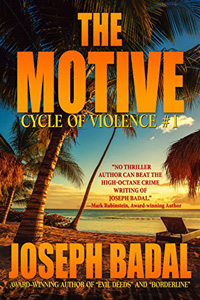

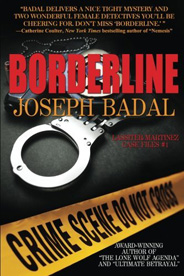
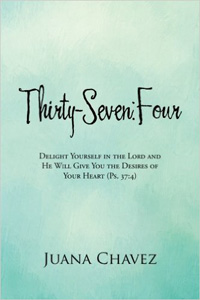


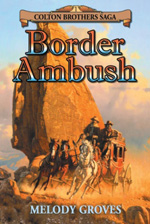

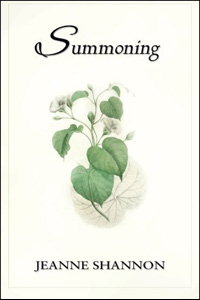
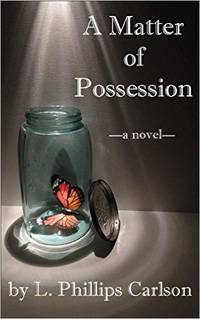 What is your elevator pitch for A Matter of Possession?
What is your elevator pitch for A Matter of Possession?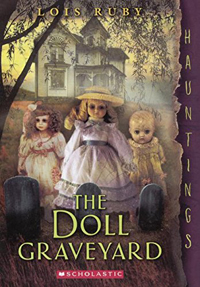 What is your elevator pitch for The Doll Graveyard?
What is your elevator pitch for The Doll Graveyard?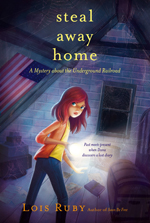 Steal Away Home (Aladdin Paperbacks/Simon & Schuster, 1994) is your most well-known book. Why do you think it continues to be so popular?
Steal Away Home (Aladdin Paperbacks/Simon & Schuster, 1994) is your most well-known book. Why do you think it continues to be so popular?